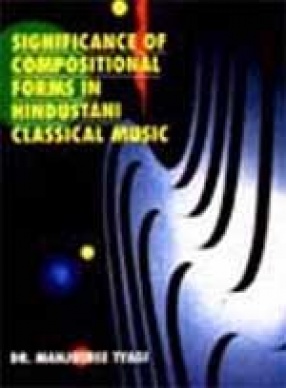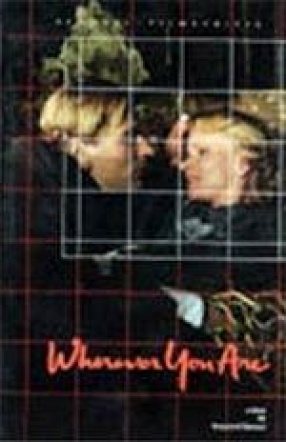The present work deals with the delineation of natika. India has witnessed three distinct forms of entertainment based on Nrtta, Nrtya and Natya. The form of entertainment based on Nrtya, our dramaturgists called Uparupakas and the one based on Natya, they designated as Rupakas. Dasarupaka is called Rasabhinaya or Vakyarthabhinaya, but Uparupakas make music sometimes predominant and generally omit or subordinate vacika abhinaya or speech as a result of which there is full scope for Abhinaya. They are therefore not called drama (Rupaka) strictly, but only Nrtya depicting only Bhava, and they are therefore Bhavabhinaya or Padarthabhinaya. Pure Abhinaya or rendering of a small connected theme or a number of isolated Muktaka themes through the art of gesture, aided by music is the chief characteristic which distinguishes the latter i.e. Uparupaka. Therefore inadequate Vacika, Aharya and Sattvika produce Nrtya varieties. Natya emphasizes all and especially Sattvika. It tries to have as much Lokadharni, realism or natural conditions, as possible, whereas in Nrtya, there is a maximum amount of idealism, Natyadharni. The dominant Rasa in the Natika is Srngara (love). To evoke the Srngara in the hearts of the Sahrdayas is the purpose of the Natika for which various sentiments are described. Because women predominate in the Natika great importance is given to the physical, the natural, (i.e. Liba, Vilasa etc.), and involuntary graces (i.e. Sobha, Kanti etc.) of the young women. Therefore Natika is said to be characterised by Lalitabhinaya (graceful acting).
Significance of Compositional Forms in Hindustani Classical Music
The present book deals with ...
$53.20
$56.00




There are no reviews yet.